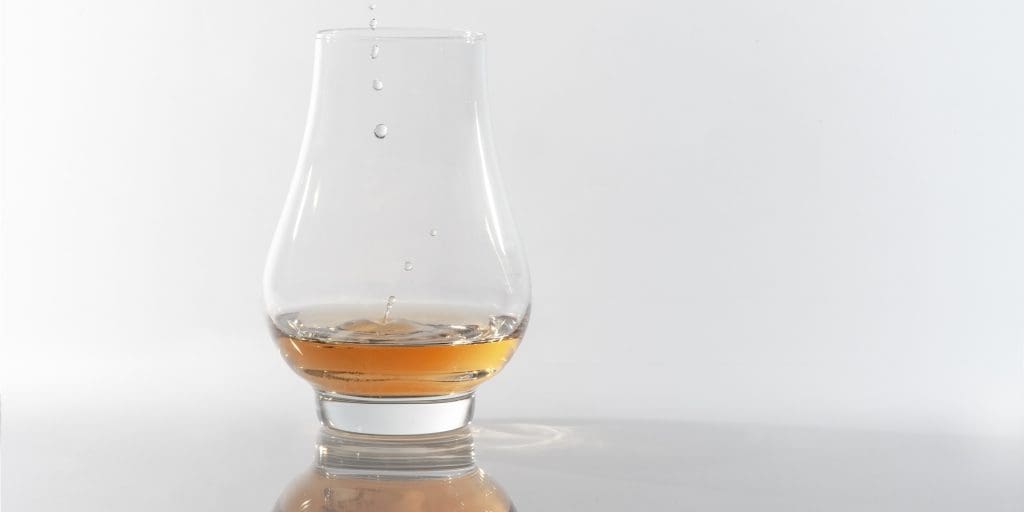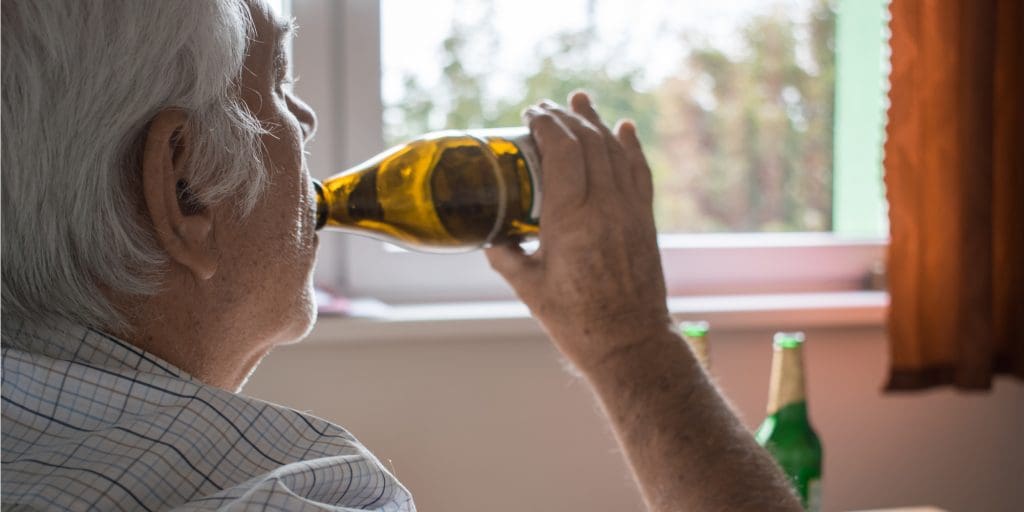Alcoholic nose, or drinker’s nose, is an informal term that refers to an enlarged purple nose that is thought to be caused by chronic alcohol abuse. The condition was made famous by W.C. Fields, an American actor during the early 20th century known for his heavy drinking who referred to the bumps on his bulbous nose as “gin blossoms.” The medical term for this condition is rhinophyma, but is “alcoholic nose” really from alcohol abuse? Learn more about drinker’s nose and if drinking alcohol can affect the features of the face.

What Is Rhinophyma?
Rhinophyma nose is the clinical term for what has become known as the alcoholic nose. Drinker’s nose is characterized by a large, bumpy nose that may be red or purple in color. Interestingly, there are several other informal terms for this condition. These include:
- Whiskey nose
- Drinker’s nose
- Gin blossom nose
- Cauliflower nose
- Bulbous nose
- Old man nose
- Pickle nose
- Gin nose
While several of these terms are related to drinking alcohol, the reality is that alcohol abuse is not considered a cause of rhinophyma. Rather, drinker’s nose is actually a condition stemming from rosacea, a chronic skin disorder that causes visibly red or swollen skin and sometimes bumps or acne-like conditions. Therefore, when severe rosacea spreads to the nose, it is termed rhinophyma (literally meaning “nose swelling”). Notably, it should not be assumed that someone with this condition suffers from alcohol use disorder.
What Causes Rhinophyma?
Alcoholism is often associated with facial redness or “flushing.” And while drinking may cause a flushing reaction, it is not a cause of rosacea. However, excessive drinking can worsen both rosacea and rhinophyma, leading many to assume that there is a link between the two. Unfortunately, the root cause of rhinophyma is not well understood. Risk factors are thought to be genetics, fair complexion, and European heritage. In addition, drinker’s nose is more like to occur in middle-aged men versus women of any age.
Rhinophyma Treatment
Treatment options for alcoholic nose generally include medication and surgery. Mild rhinophyma is best suited for medication, which often includes topical anti-inflammatories and antibiotics. Once the condition has progressed, surgery is probably the best option. Unfortunately, if left untreated, rhinophyma can obstruct the nostrils and affect breathing, deeming a medical evaluation worthwhile.
In addition to medication and surgical options for treating drinker’s nose, diet and nutrition should also be taken into consideration. Not surprisingly, someone with rosacea would be wise to avoid inflammatory foods or beverages, such as alcohol. Other triggers include:
- Sun exposure
- Certain exercise
- Hot beverages
- Temperature shifts
- Spicy food
- Stress
It is important to emphasize that at the end of the day, alcoholic nose doesn’t really have much to do with alcohol at all. Rather, it’s a severe form of the chronic skin condition rosacea.
What Alcohol Does to Your Face

While alcohol may not be a cause of drinker’s nose, drinking alcohol can still affect your appearance. Primarily, alcohol is a diuretic that dehydrates the entire body, including the face. Therefore, by stripping the face’s skin of moisture, alcohol contributes to the appearance of wrinkles and saggy, dry skin. Further, alcohol widens facial pores, allowing blackheads and whiteheads to form, which can contribute to acne.
Aside from the effects of alcohol on the skin, excessive alcohol consumption can also cause noticeable changes to the eyes. Differences in alcoholic eyes include red eyes from dilated blood vessels and a swollen, puffy appearance. In addition, vision changes and migraines are associated with ocular damage from drinking too much alcohol. It is worth stressing that these are just the outward ways that alcohol can alter the face and body. Chronic alcohol abuse also wreaks havoc on the inside, on parts of the body that cannot be seen.
Treatment for Alcoholism & Mental Health in Ohio
If you’re concerned that you or someone you know is drinking too much alcohol, Georgetown Behavioral Hospital near Cincinnati, Ohio can help. Our accredited mental health facility offers numerous therapeutic methods in an inpatient setting to address mental illness and substance abuse.
At Georgetown Behavioral Hospital, you can take your addiction recovery journey one step at a time. During your time in our inpatient rehab setting, you will learn effective coping strategies to handle life’s daily stressors without using substances.
A few of our therapeutic modalities include:
- Cognitive behavioral therapy (CBT)
- Dialectical behavioral therapy (DBT)
- Individual counseling
- Group and family therapy
- Discharge care
If you are ready to get started on your recovery, give us a call at 937-483-4930 or submit a confidential contact form today. At our Ohio mental health and addiction center, you will have the opportunity to make a fresh start in achieving physical, emotional, and mental wellness.















